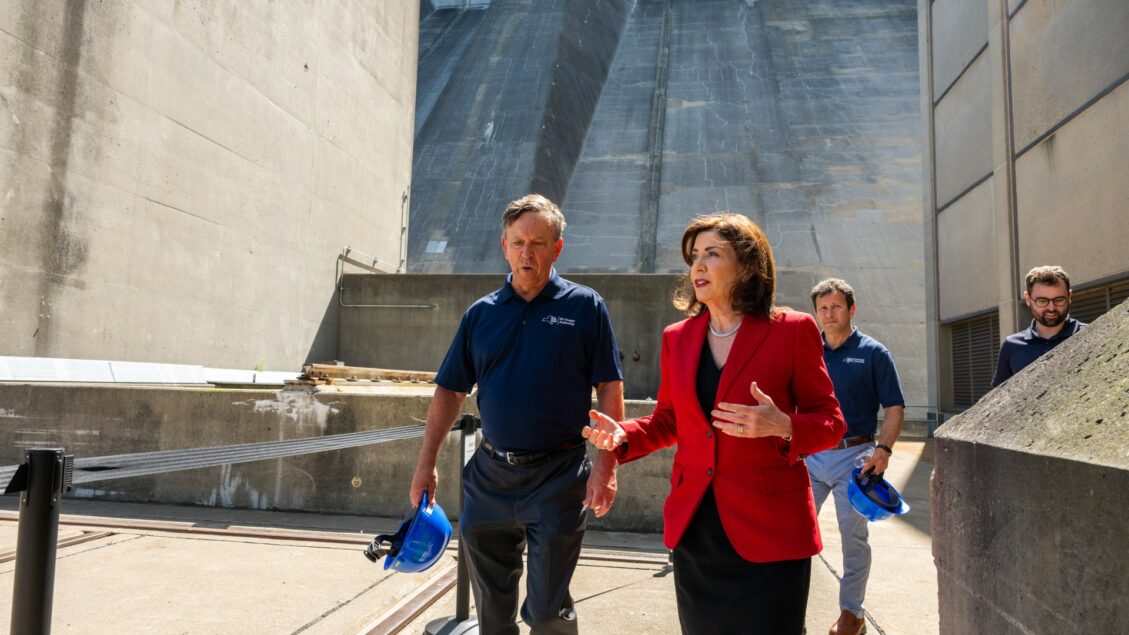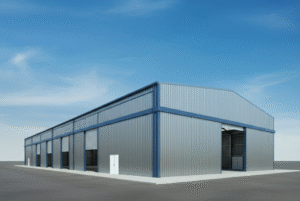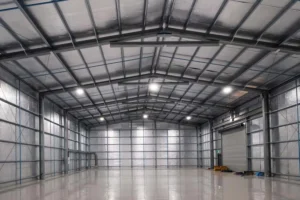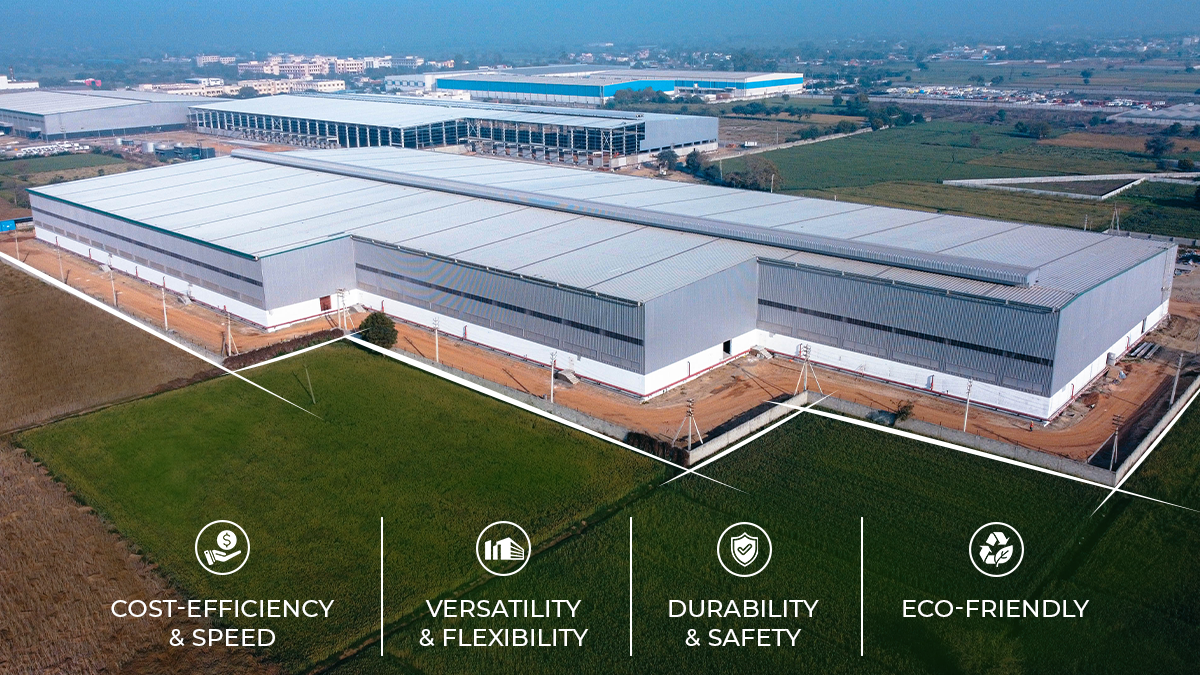
New York Will Build 1-GW-Minimum Advanced Nuclear Power Capacity
[ad_1]

The New York Power Authority will oversee development upstate of at least 1 GW of advanced zero-emission nuclear power, Gov. Kathy Hochul (D) has announced, although she did not specify location, number, schedule or cost of planned generating facilities. Other factors still unclear are the type of nuclear plant technology to be used and project delivery approach.
The state also seeks private sector investment and partners. “We want to help finance the plant and buy the power it generates. So I’m directing the Department of Public Service to work hand in hand with [the authority] to ensure this is done upfront,” she said. Hochul announced the plan on June 23 at the site of the Robert Moses Niagara Hydroelectric plant in Lewiston, N.Y., near Buffalo.
A number of upstate locations with communities willing to host
a power plant are being considered, said Hochul, who estimates total development will create about 1,600 construction jobs and about 1,200 in operation.
Hochul pointed to construction in Canada’s Ontario province of four small modular nuclear reactors, noting that will be “underway in 18 months. This is the speed that they’re able to accomplish,” after mentioning discussion of a memorandum of understanding with Ontario Premier Tom Ford.
The idea of new nuclear construction in New York had been set in motion last year with introduction of a draft blueprint at a state energy summit in Syracuse that referenced the “attractive possibilities” of small modular reactors—including scalability, smaller land use requirements and ability to deliver 24/7 power.
Powering Up
Underpinning the current announcement is a need to support state ambitions to encourage technology for power needs of planned corporate investment in semiconductor, cloud computing and AI capacity in New York—including a Micron semiconductor fabrication plant and other facilities set to be built in Onondaga County that state officials have described as a 20-year $100-million investment set to include a record-setting 2.4-million sq ft of clean room space. Its draft environmental impact statement was released on June 25.
“Micron is going to need so much power … and there’s only one commercially viable option that can deliver that much clean, renewable, reliable power, and that’s what’s been operating in New York for decades, nuclear energy,” said Hochul. The company said it expects to begin ground preparation for its facility late this year following completion of state and federal environmental reviews.
About 15% of New York nucear power, about 3.3 GW, is from three upstate plants: Ginna, Nine Mile Point and FitzPatrick that are located along Lake Ontario and now are owned and operated by Constellation Energy. Unit 2 at Nine Mile Point, completed in 1989, was the last nuclear plant built in New York.
With the 2021 shutdown of the 2.2-GW Indian Point plant in Buchanan, NY, 25 miles north of New York City, most of the downstate region receives the bulk of its power from natural gas, which makes up 46% of the state’s overall portfolio. Nuclear power had provided about 5.4 GW, or about one-third of the supply at its peak, said advocacy
group Nuclear New York.
The prospect of nuclear plant construction has gained organized labor support. “The expansion of our nuclear capabilities has long been a missing piece of New York’s pursuit of our climate goals and the construction of a new power plant will be crucial to the success of our green economy,” said Gary LaBarbera, New York State Building Trades President.
President Donald Trump also signed four executive orders to propel buildout of U.S. nuclear power plants, with a goal to increase generation capacity to 400 GW
by 2050, up fourfold from the current 100 GW level that is the output of
more than than 90 operating reactors. The administration also seeks strategies for how reactors could be constructed with less, or possibly, no federal Nuclear Regulatory Commission oversight.
Many environmental groups prefer that Hochul focus on renewable solar and wind energy, The state’s Climate Act, enacted by former Gov. Andrew Cuomo in 2019, calls for a 40% reduction below 1990 levels of greenhouse gas emissions by 2030, 85% by 2050 and zero-emission electricity by 2040. It also sets a goal of 70% of power from renewable sources, which exclude nuclear, but there is skepticism, including from some state officials that New York can meet this goal, particularly as projects have faced recent market challenges that administration orders are exacerbating.
The state “should be laser focused on rapidly scaling up buildout of affordable solar and wind which is the only way to meet the state’s science-based climate goals and lower energy bills,” said a statement from Public Power NY.
[ad_2]
Source link
Post a Comment
You must be logged in to post a comment.






